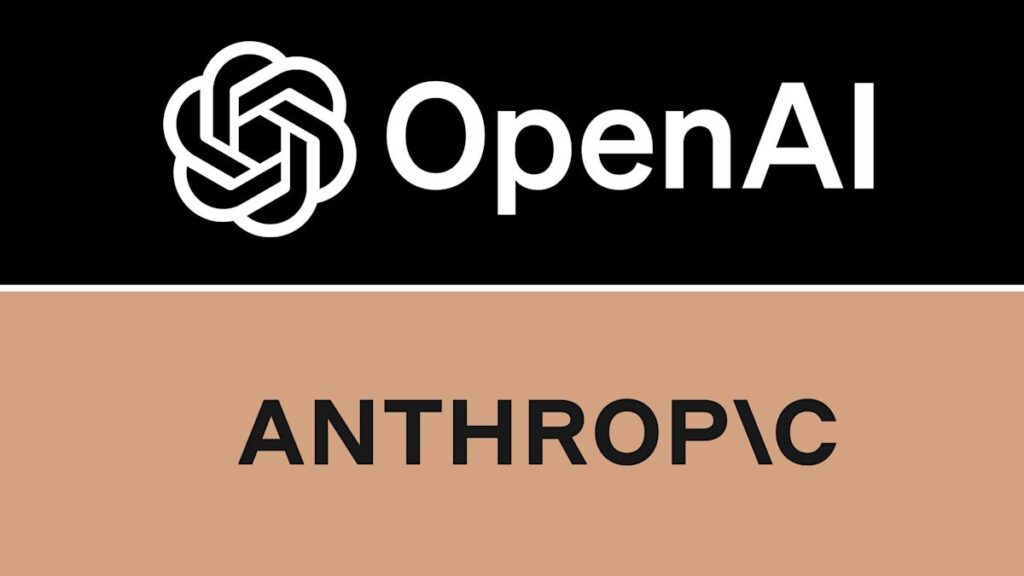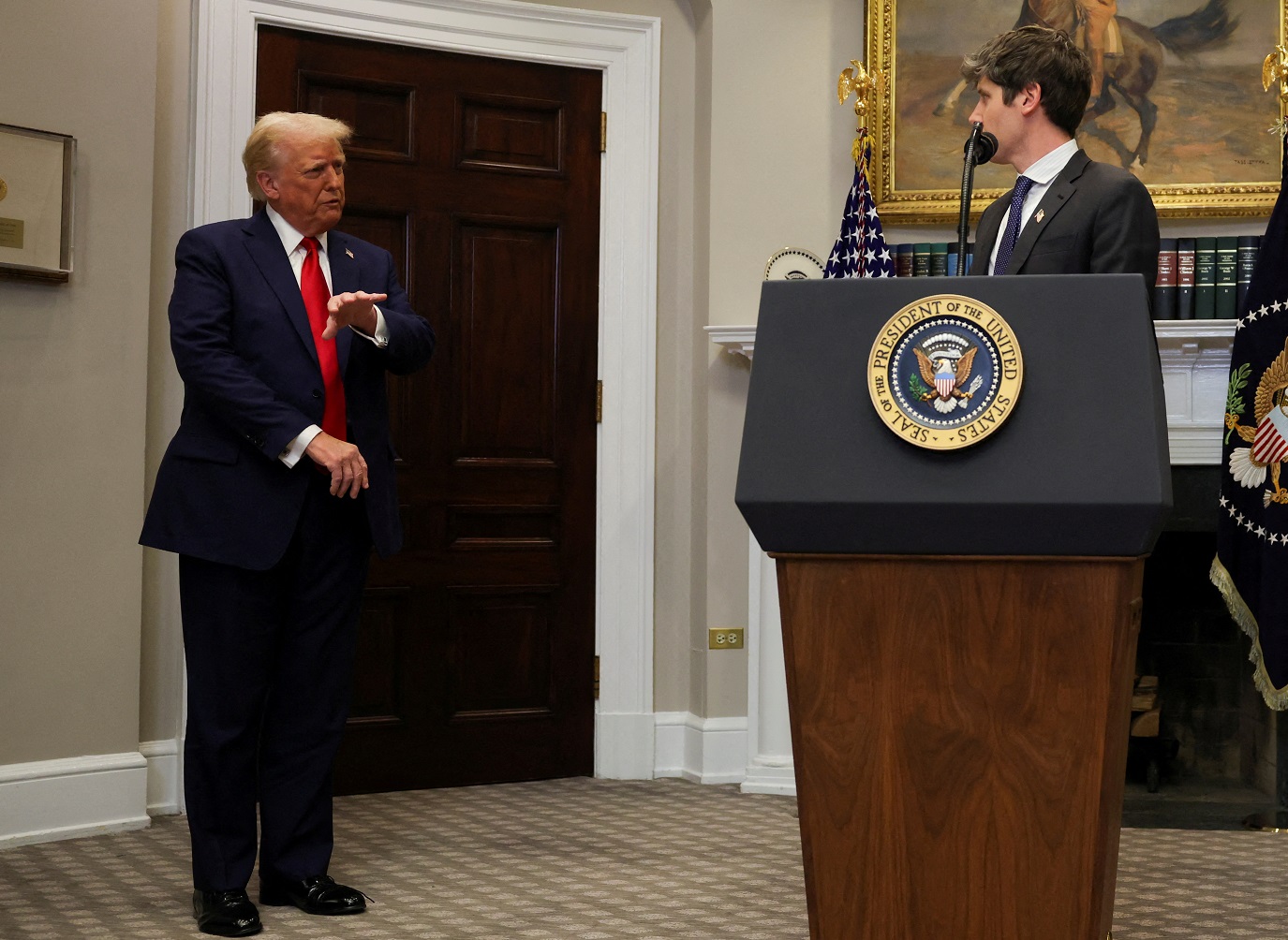In early August 2025, something unusual happened in Washington’s tech corridors. Two of the world’s most powerful AI companies, OpenAI and Anthropic, announced that they would give U.S federal agencies access to their enterprise AI models for just $1 a year.
The move, dubbed the AI $1 deal, is more than just a pricing gimmick it’s a sign of the fierce competition in the AI market and a major turning point in how governments adopt advanced technology.
The U.S government is the largest buyer of technology on the planet. Normally, federal contracts for emerging tools take months sometimes years of negotiations, approvals, and budget justifications. By introducing the AI $1 deal, OpenAI and Anthropic removed the biggest early barrier cost.
For agencies, this means they can test advanced AI systems without worrying about hefty bills or procurement red tape. For the companies, it’s a strategic investment: get AI tools into government hands now, prove their value, and pave the way for long term partnerships in the years ahead.
OpenAI made the first move on August 6 by offering ChatGPT Enterprise for $1 per agency. Less than a week later, Anthropic responded by providing Claude for Enterprise and Claude for Government under the same symbolic fee. This back to back action shows just how competitive the AI landscape has become.
What’s Included in the AI $1 Deal
OpenAI’s Offer Enterprise grade access to ChatGPT, complete with advanced data security, admin controls, and priority features. Anthropic’s Offer A broader scope Claude access for not only executive agencies but also the legislative and judicial branches.
The $1 fee is only for the first year. After that, agencies will need to negotiate normal contracts and pricing. Security Focus: Both deals emphasize compliance with federal standards, meaning data privacy and human oversight remain central.
Technology experts see this as a clever move with wide reaching implications. Procurement Specialists argue that the deal works as a test bed for agencies. It lets them compare AI models side by side, collect real performance data, and only then decide which system to buy at full price.
Policy Analysts believe the timing is strategic. The Trump administration has been vocal about accelerating AI adoption, and these deals align perfectly with that political momentum.
Risk Advisors warn that while the $1 price is attractive, agencies must not overlook issues like data leaks, misinformation, or over reliance on machine generated output.
How Agencies Might Use the AI $1 Deal
Let’s imagine three real world ways federal agencies could benefit from this experiment. A benefits office dealing with millions of citizen inquiries could use AI to draft responses, summarize regulations, and guide applicants.
Humans would still make the final calls, but the AI could save time and reduce backlog. During environmental rulemaking, thousands of public comments flood in. AI could help cluster themes, highlight trends, and summarize concerns for policymakers speeding up decision making.
Non classified intelligence teams could use AI to draft summaries of threat reports. By flagging trends and pulling patterns from raw data, analysts could focus on critical decisions rather than endless paperwork.
These examples highlight one truth the AI $1 deal isn’t about replacing humans. It’s about making them more effective.

A Practitioner’s Perspective
If I were a federal CIO starting with the AI $1 deal, here’s what I would do in the first month. Create an AI Review Board Include IT, security, and legal experts to decide which projects are safe to test.
Start with Low Risk Pilots Use AI for drafting and summarizing, not for life altering decisions like benefits approval or law enforcement. Measure Everything Track time saved, accuracy rates, and user satisfaction. Publish these findings internally so decision makers can see whether AI is delivering real value.
The Bigger Picture Competition and Control
The AI $1 deal is not just about saving money it’s about influence. By getting AI tools into government hands early, OpenAI and Anthropic position themselves as trusted partners for long term contracts.
Other AI providers like Google’s Gemini may soon follow with their own discounted offers, as no company wants to be left out of the federal market. With GSA facilitating these deals, agencies get a smoother onboarding process, reducing paperwork and delays.
For the public, transparency and safety remain key. If AI tools make mistakes like biased recommendations or misinformation it could shake confidence in government tech adoption.
What Comes Next
Several questions remain as agencies begin using these tools. Will agencies renew at full price? The real test comes in 2026, when agencies must decide if AI delivers enough value to justify commercial rates. Which branches will adopt first? Anthropic’s broader reach means Congress and even.
The courts could soon be experimenting with AI powered tools. How will oversight evolve? Agencies must balance innovation with accountability, ensuring no shortcuts are taken when it comes to security and fairness.
The AI $1 deal is a symbolic but powerful step. By lowering the cost of entry, OpenAI and Anthropic have created a unique window for federal agencies to experiment, evaluate, and learn.
The deal is not about short term revenue it’s about long term positioning, trust, and influence in one of the world’s most important markets.
If done right, this year long experiment could set the foundation for how governments worldwide adopt AI responsibly. If done wrong, it could lead to wasted resources, public mistrust, and a new wave of technology skepticism.
For now, one thing is clear the AI $1 deal is more than a bargain. It’s a bold bet on the future of AI in government.

